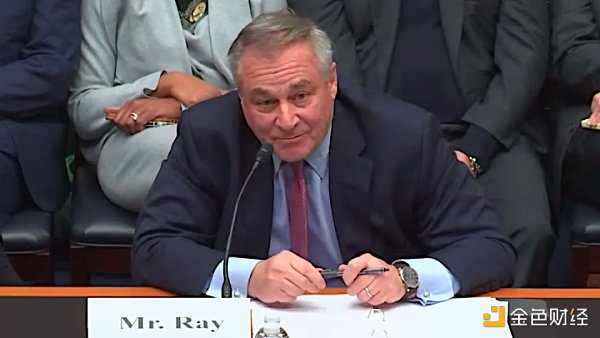Eos will welcome an important update of version 1.8 next week, and BM said the new virtual machine is nearing completion.
Recently, Eos, a publicly-focused project that has received much attention, will welcome a series of important upgrades, including the 1.8 version update and the new virtual machine Eosvm.
Last night, Eos co-founder BM (Daniel Larimer) revealed on Twitter:

"Eosvm has been developed almost, it will greatly increase the CPU bandwidth for everyone. I just watched the latest replay performance, it looks great. Block one has talented developers, they make eosio the fastest and most Extended, easiest to develop blockchain!"
It then added that:
"Our internal eosio test shows that before the release of eosvm, the tps that the system can achieve is 4000 times/second. After this update, tps will only be expanded."
As early as the B1June conference in June this year, Babbitt reported that BM first announced that B1 designed a new WebAssembly virtual machine (EOS VM) for the eosio blockchain to run the contract. According to the published parameters, the new virtual machine Will make the EOSIO smart contract run 12 times faster than the original.
The 1.8 version update is ready to go, ready for the launch of Voice
In addition, eos will also welcome a major upgrade of version 1.8 on September 23, and the upgrade plan has now been approved by most Super Nodes (BP).
After updating version 1.8, dApp project parties and eos users will welcome the following changes.
For dApp:
- Identify senders: Smart contracts can now determine which accounts send operations to make them resistant to fraudulent attempts;
- Fix too many restrictions;
- Billing first user: Simply charge the first author of the transaction so that the dApp can build a replacement model for the network resources so that the user does not have to pay for it.
For users:
- Modify RAM (memory) billing method: This update will allow RAM to be billed to other accounts and will make it easier for users to use dApp;
- Fix delayed transaction error: solve the error that the user does not receive RAM or the transaction ID is incorrect, and correct the RAM usage data;
- Billing first user: Simply charge the first author of the transaction so that the dApp can build a replacement model for the network resources so that the user does not have to pay a fee.
- Enhance user security: Users will gain enhanced security by checking all operational behaviors in the transaction and making them resistant to fraudulent attempts.
In addition, this 1.8 version of the update is also an important prerequisite for the Voice application that Block One re-launched. After the update, any eos nodes must be upgraded to continue working.
For the average user, this upgrade has no negative impact, users will be able to use their own accounts without any special changes or operations.
What do you think about the next performance of Eos?
We will continue to update Blocking; if you have any questions or suggestions, please contact us!
Was this article helpful?
93 out of 132 found this helpful
Related articles
- Babbitt column | How to identify the liar of the currency circle?
- US Treasury Secretary: Non-compliant cryptocurrency will not survive and may become the "next frontier" of the war on terrorism
- The key to blockchain applications: How to use distributed commerce to capture user timelines?
- How does the blockchain protect big data and IoT devices?
- Cross-chain is not only a wave card, how much do you know about cross-chain projects?
- Market Analysis: Triangle shocks the tail, bitcoin is ready to force
- Market Analysis: BTC's rising strength is lacking, and mainstream currency is evolving.






